Silesian tourist attractions








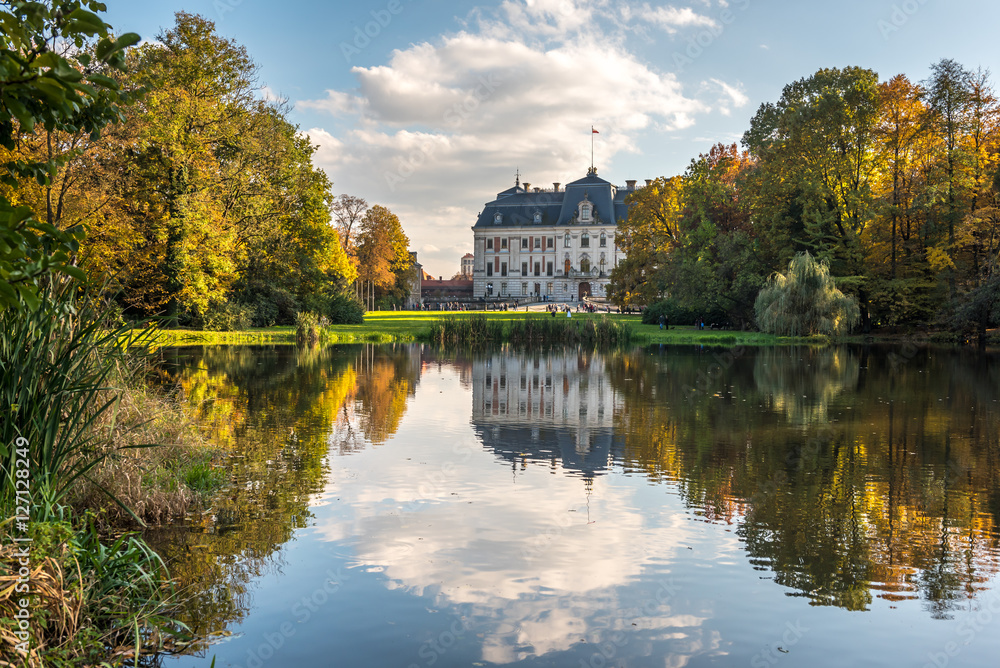
For years associated mainly with heavy industry, the Silesian Voivodeship is slowly being disenchanted and rediscovered. Few people know that the Silesian Voviodeship is one of the most forested voivodeships in the country.
The Silesian Voivodeship has undergone a thorough metamorphosis in recent years. It delights with its cultural and tourist values. More and more places associated with the voivodeship’s industrial character, seemingly doomed to oblivion, are opening up to visitors. An example is the thematic Industrial Monuments Route presenting the industrial heritage of the region – e.g. mining, metallurgy, energy industry and railways. The route is a unique proposal that distinguishes the region on the tourist map of Poland and Europe. It includes, among others, the historic Guido Coal Mine in Zabrze, the Silver Mine in Tarnowskie Góry, the Szombierki Combined Heat and Power Plant in Bytom and the Żywiec Brewery. The Silesian lands also hide many monuments, sometimes really old. It is enough to look at the castles on the Trail of the Eagles’ Nests, the history of which dates back to the 14th century.
The potential of the voivodeship is not only its history, but also its terrain. The proximity of the Silesian and Żywiec Beskids allows short trips to the Czantoria, Babia Góra or Pilsko mountains. The region’s residents enjoy them regardless of the season. In winter, numerous ski lifts attract skiing lovers.
There are also places for climbing, with the rocks of the Kraków-Częstochowa Upland being the true haven. Lovers of water attractions can spend time by the numerous lakes – including Żywieckie Lake, Międzybrodzkie Lake, Pogoria Lakes or the more intimate Paprocańskie Lake.
SILESIAN STADIUM
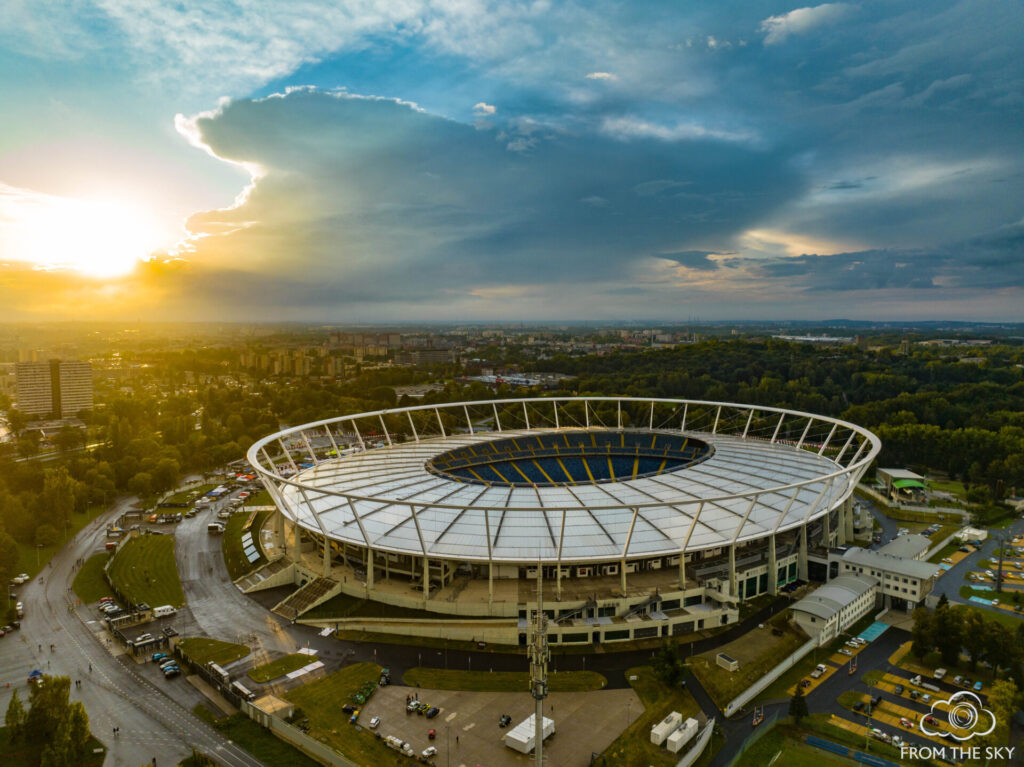
The Silesian Stadium is the central point of the rally. It was designed by architect Julian Brzuchowski. A huge contribution to its construction was made by fans, who worked as volunteers. The official inauguration took place on 22 July 1956 during a friendly football match between Poland and East Germany, lost by our team 0:2. The Stadium quickly became the place for major events of national importance. Our national football team has played more than 50 matches here. Celebrities such as Pelé, Cristiano Ronaldo and David Beckham have run on the pitch. Our national football legends such as Gerard Cieślik, Włodzimierz Lubański and Grzegorz Lato also played there. The Stadium was also the place of speedway races. It has hosted participants and fans of individual, team and pairs world finals seven times, and in 1973 Jerzy Szczakiel won gold here. Athletes competed on it, and Irena Szewińska equalled her world record in the 200 m run. The Silesian Stadium is also famous for concerts, attracting up to 85,000 fans. The Rolling Stones, Metallica, AC/DC, The Police, Red Hot Chili Peppers, Linkin Park, Pearl Jam and Genesis have all performed there. The last concert before the renovation was given by U2. After that – in 2018 and 2019 – the Silesian Stadium was visited by, among others, Guns N’ Roses and Rammstein. After modernisation and the introduction of modern sound and lighting systems, the facility is back to its greatness.
KATOWICE
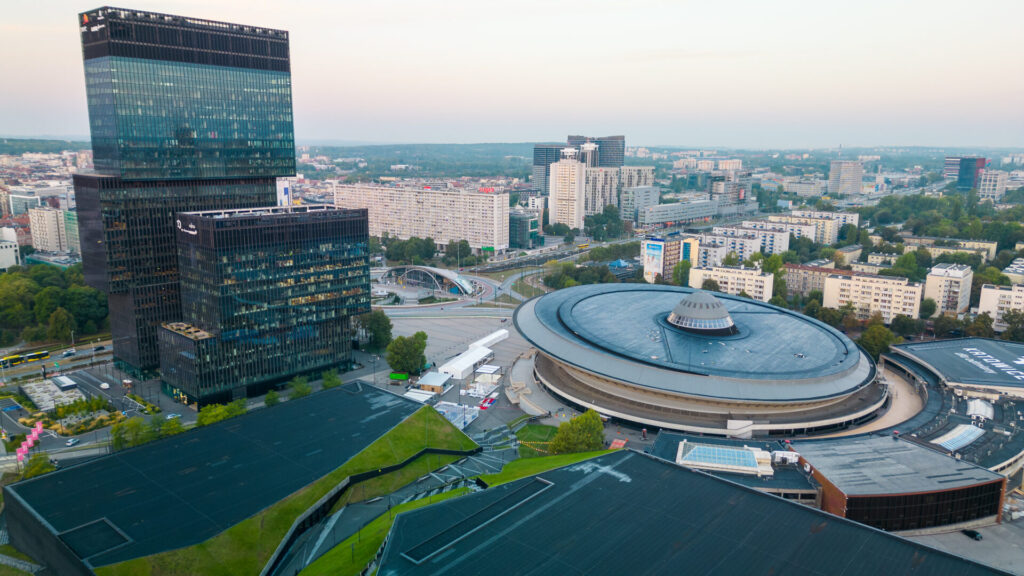
The history of Katowice dates back to the 16th century. Today’s centre of the Silesian agglomeration was then an agricultural centre. From the second half of the 19th century, Katowice entered the era of industrialisation, developing at an incredible pace. To this day, the city is associated mainly with the mining industry. In fact, it is not only an important centre for new technologies, but also provides a wide range of entertainment and cultural events, both for its residents and regular visitors from all over Europe. In Katowice, it is worth visiting Mariacka Street, which is full of bars and restaurants, the picturesque, renovated market square, the Silesian Museum, the Spodek arena, known throughout Poland, the building of the Polish National Radio Symphony Orchestra, as well as the International Congress Centre, which hosts many cultural events. However, if you are looking for some relaxation in nature, it is worth going to the Valley of Three Ponds or to the Silesian Park located on the border with Chorzów, where you will find, among other things, the Silesian Zoo.
Katowice regularly hosts many cultural events, among other things, music festivals (Tauron, Rawa Blues, OFF Festival) and theatre festivals (A Part, Katowice Dzieciom), as well as the Intel Extreme Masters e-sports festival, which attracts participants from all over the world. There are organisations that support the development of culture in Katowice, such as Katowice Miasto Ogrodów (Katowice – City of Gardens).
SILESIAN PARK
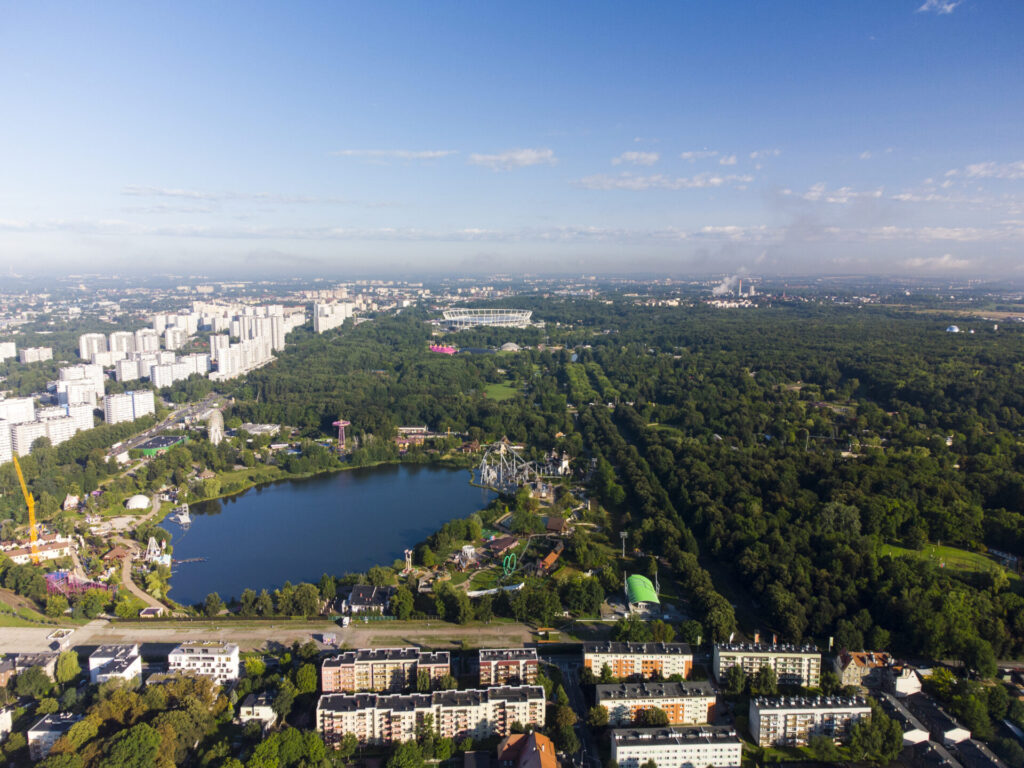
The Silesian Park is comparable in size to New York’s Central Park. It is located on the border of Katowice and Chorzów, which gives it excellent accessibility: it is easily accessible by car, bicycle or public transport. This wonderful place allows you to take a break from the city and get closer to nature. It is attractive both to those who prefer relaxation in the form of a picnic or family barbecue and to those who relax in an active way: the park is full of bicycle paths, routes for inline skaters and places for running. There is also the zoo and planetarium in the Silesian Park. The possibility of renting a pedal boat and riding it on the pond, or the option of taking a cable car up to the Silesian Stadium, makes that you will never be bored in the Silesian Park. If you are in need of a stronger stimulus, there is the Silesian Amusement Park right next to the park, which can provide you with a lot of excitement.
WORTH SEEING:
THE SPODEK ARENA

The Spodek was opened in the heart of Katowice in 1971 and has been a symbol of the city ever since. Various sporting and cultural events take place there, including the growing popularity of the Intel Extreme Masters e-sports championships, as well as concerts by global stars. In winter, part of the Spodek Arena turns into an ice rink.
SILESIAN MUSEUM

This Museum was established in 1929 – it has changed its seat many times over a period of 90 years. The new building complex is located on the former site of the Katowice Coal Mine. On three levels, hidden underground, there are rich collections of works of art.
BUILDING OF THE POLISH NATIONAL RADIO SYMPHONY ORCHESTRA (NOSPR)

A modern building located in the centre of Katowice, adjacent to the Spodek, has become the beginning of a new cultural district in the city. The building of the Polish National Radio Symphony Orchestra was constructed on a post-industrial site and the adjacent herb garden is a symbol of the richness of the Silesian land. There are regular performances by world-famous stars, and the building itself is known for its perfect acoustics.
NIKISZOWIEC
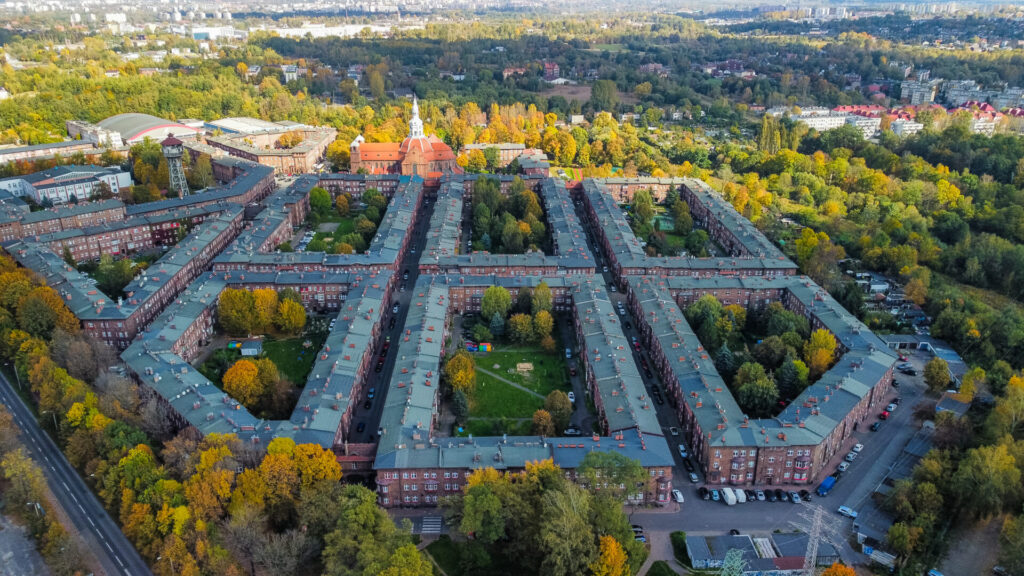
The housing estate built in the early 20th century for the miners of the Giesche mine. According to a comprehensive design by Emil and Georg Zillmann, Nikiszowiec was to be fully self-sufficient. The housing estate consists of nine large buildings with a characteristic geometry and large, green courtyards. The brick facades and red-painted windows are an iconic picture of this part of the city. Today, the “Nikisz” is an extremely popular place, attracting many interesting events and festivals.
GUIDO COAL MINE
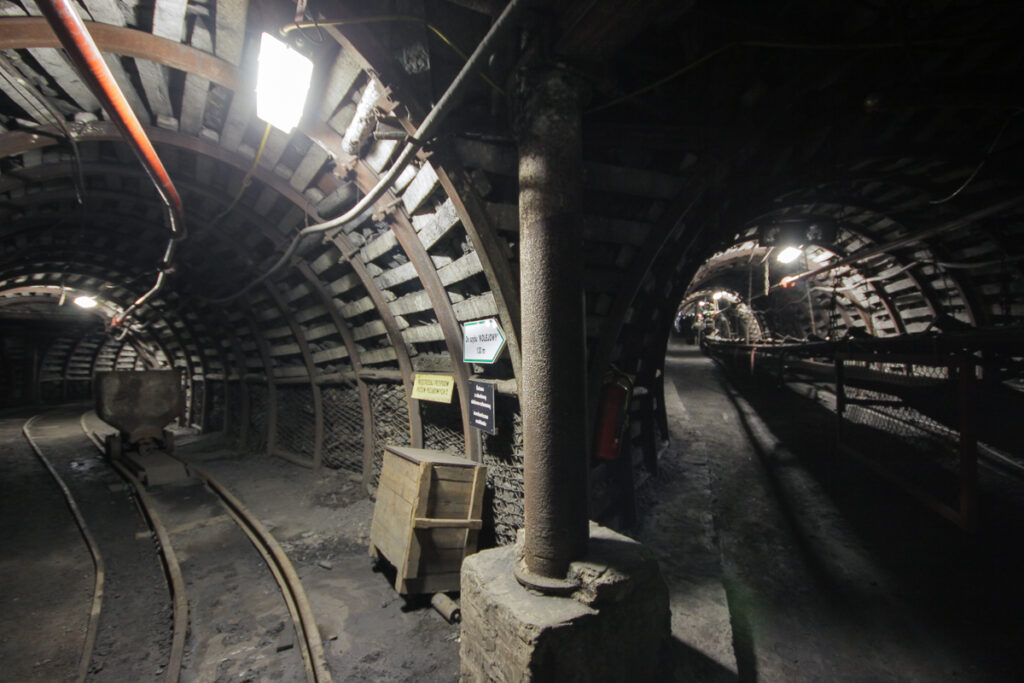
The former coal mine, founded in 1855 by Guido Henckel von Donnersmarck, was still in operation as an experimental plant in the 1960s . It is now open to tourists – it is part of the Coal Mining Museum in Zabrze. Sightseeing the mine is possible on three levels, there is also a version for those persistent – in full mining equipment. In the mine there is also a park and a museum of military technology, and in the very underground there are a restaurant and an art gallery.
Guido Mine
ul. 3 Maja 93
41-800 Zabrze
www.kopalniaguido.pl
THE “MACIEJ” SHAFT
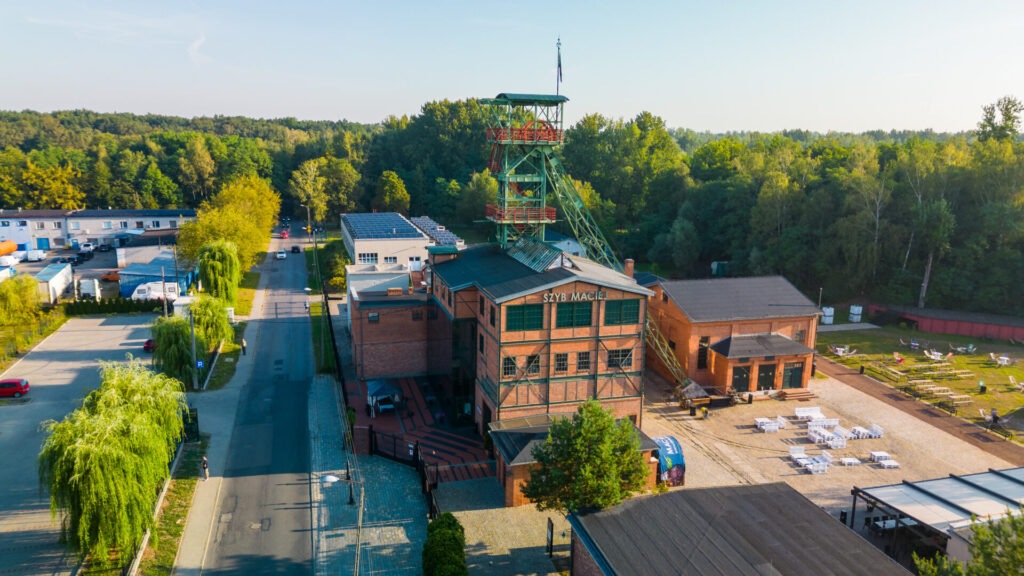
The “Maciej” shaft is a complex of buildings of the former “Concordia” Coal Mine in Zabrze-Maciejów. The complex, which was built at the beginning of the 20th century, worked until the coal deposits were exhausted, but fortunately did not share the fate of many Silesian mines. The “Maciej” shaft has been preserved, restored in a modern style and given a new role. The shaft itself has been transformed into a deep well, and the remaining buildings into a living museum where you can not only learn about the history of mining technology, but also have a good lunch in an unusual scenery.
BLACK TROUT ADIT

A miner’s boat tour through a 600-metre-long, narrow underground adit is one of Upper Silesia’s best-known attractions. The Black Trout Adit has been operating as a tourist facility for over 60 years. The former adit of the “Fryderyk” lead-silver ore mine is today part of a tourist complex that also includes the silver mine in Tarnowskie Góry. Since 2017, the entire site, together with its drainage systems, water supply infrastructure and numerous cultural landscapes, has been listed as a UNESCO World Heritage Site.
Black Trout Adit (in Polish: Sztolnia Czarnego Pstraga)
ul. Repecka
42-600 Tarnowskie Góry
www.sztolniapstraga.pl
tel. +48 32 285 49 96
OGRODZIENIEC CASTLE
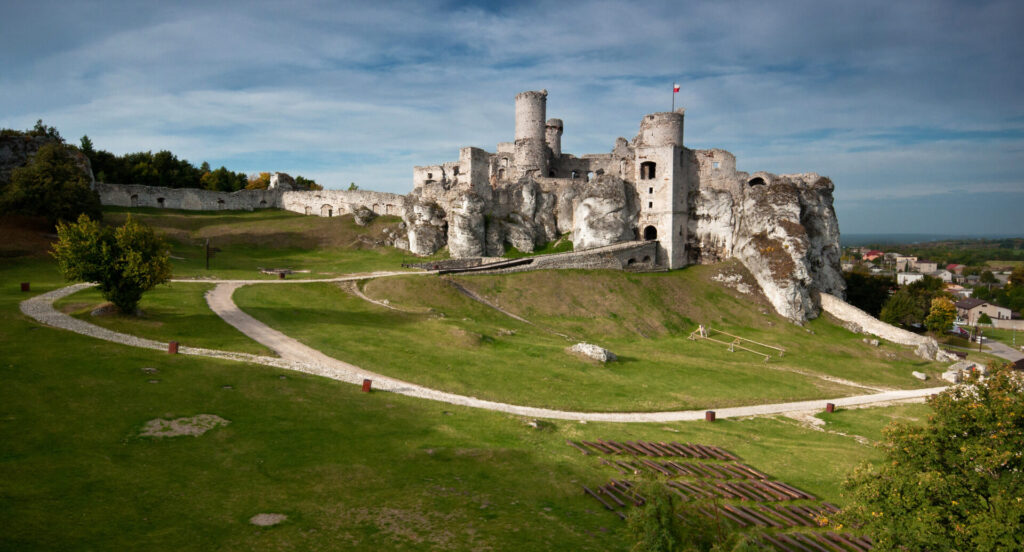
One of the symbols of the Kraków-Częstochowa Upland was built on the initiative of King Casimir the Great. During the Deluge, it was set on fire twice and never regained its former glory. Today, the Ogrodzieniec Castle, as a permanent ruin, attracts tourists not only by its magnitude, but also by the wealth of events and cultural activities that take place within its walls.
BOBOLICE CASTLE
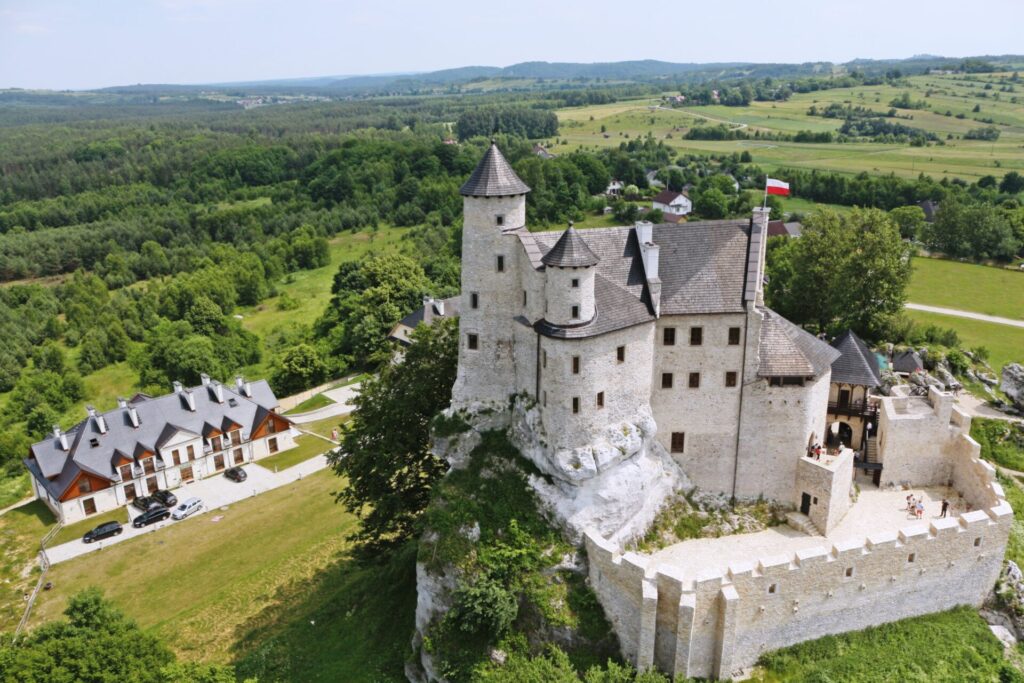
Built by Casimir the Great around 1350, the castle is classified as the stronghold of the Eagles’ Nests. It was supposed to defend the Kingdom of Poland against the invasion from Silesia. In 1999, the castle was purchased by a private investor that rebuilt it from ruins and transformed it into a hotel and museum. The legend says that after dark, the Lady in White walks through the castle in search of her beloved…
BĘDZIN CASTLE

Built in the mid-14th century by Casimir the Great as a defensive stronghold. The castle was part of the system of the so-called Eagles’ Nests. Over the centuries, it was destroyed many times, and at the beginning of the 20th century, it was already an uninhabited ruin. After the Second World War, a decision was made to rebuild the castle. Today, there is the Zagłębie Museum with a rich collection of exhibits.
BŁĘDÓW DESERT
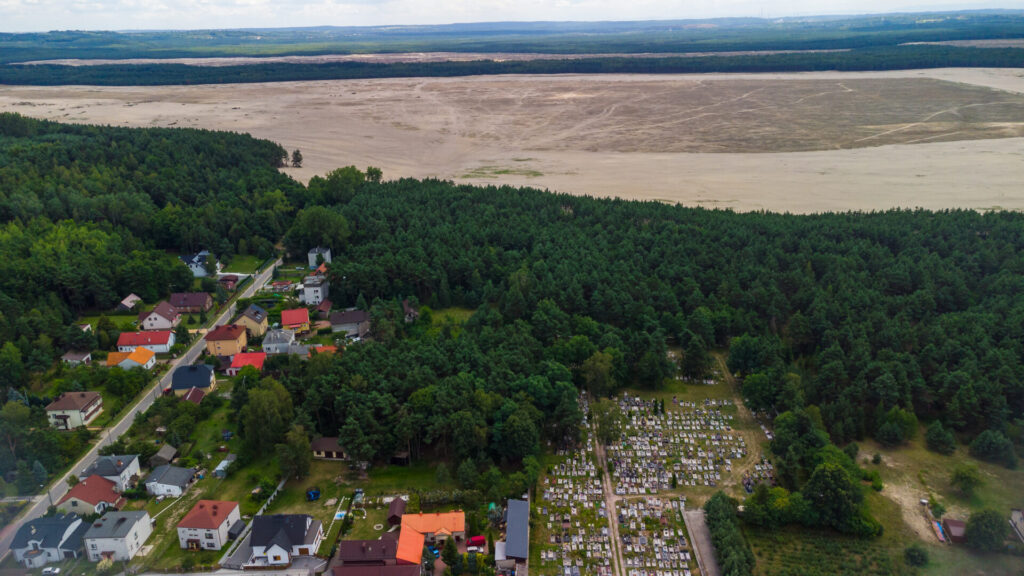
The desert, which is situated on the border between the Silesian and Lesser Poland Voivodeships, is called the Polish Sahara. It covers an area of 32 km2 and even at the beginning of the 20th century, sandstorms were observed in this area. The Błędów Desert is not a natural creation – its creation was caused by intensive deforestation in the 13th century. The desert was often used as a training ground for military units. The uniqueness of the area was also used, among others, during the filming of “In Desert and Wilderness (Polish: W pustyni i w puszczy)”.
Discover more attractions of Silesia with slaskie.travel.pl – the official tourist information of our voivodeship!












